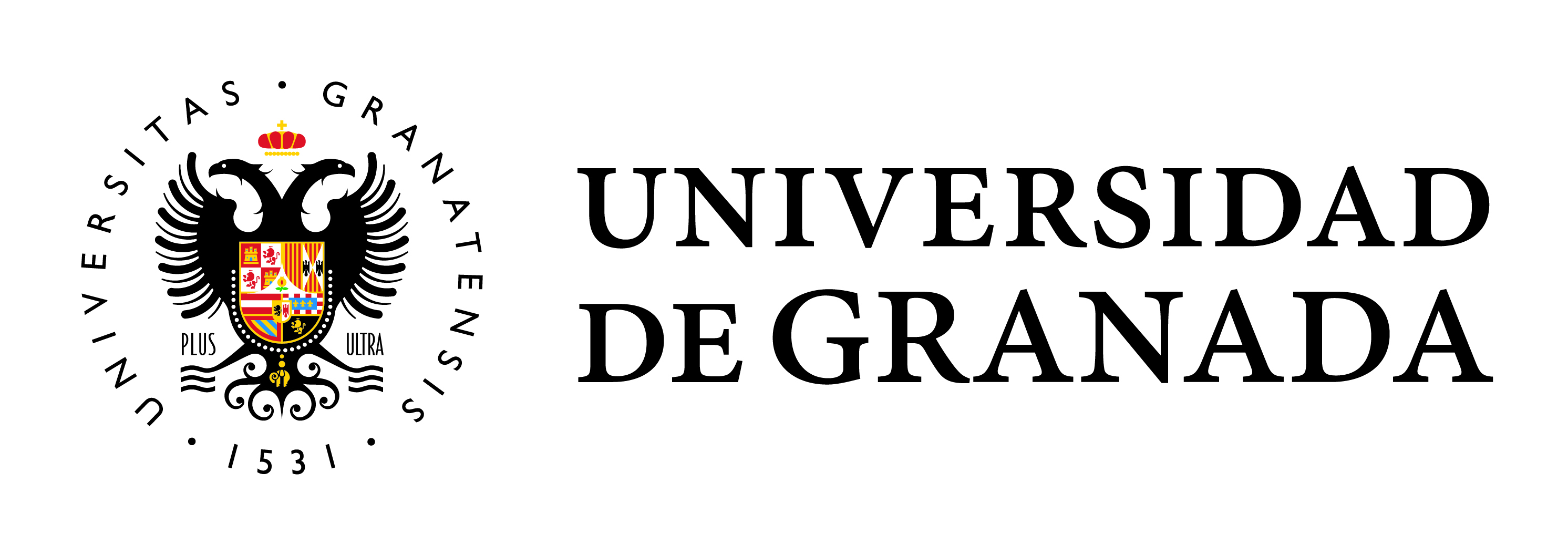Una interpretación del paisaje a partir de la toponimia: el municipio de Gistaín (Huesca)
Contenu de l'article principal
Résumé
La toponimia es una fuente de información fundamental para entender los procesos de transformación antrópica del paisaje. Los nombres de lugar son una forma particular de construcción inmaterial del espacio que conjuga elementos ambientales y rasgos culturales de los territorios. Además, forman parte de la identidad, la vinculación con el entorno y la memoria colectiva de las sociedades que los han ocupado a lo largo del tiempo.
Gran parte de este patrimonio cultural se está perdiendo en la actualidad como consecuencia del abandono del campo, del envejecimiento de la población y de la desaparición de las actividades económicas consideradas tradicionales. Muchos topónimos se conservan solo en la memoria oral, y de entre aquellos que sí aparecen registrados documentalmente una gran parte ya no puede ser ubicada con precisión.
En este trabajo se exploran las posibilidades que ofrece la toponimia mediante el análisis de su significado y su georreferenciación precisa para entender las distintas formas de ocupar y explotar el territorio, para interpretar la documentación histórica y para estudiar la génesis y la evolución del paisaje desde una perspectiva diacrónica.


